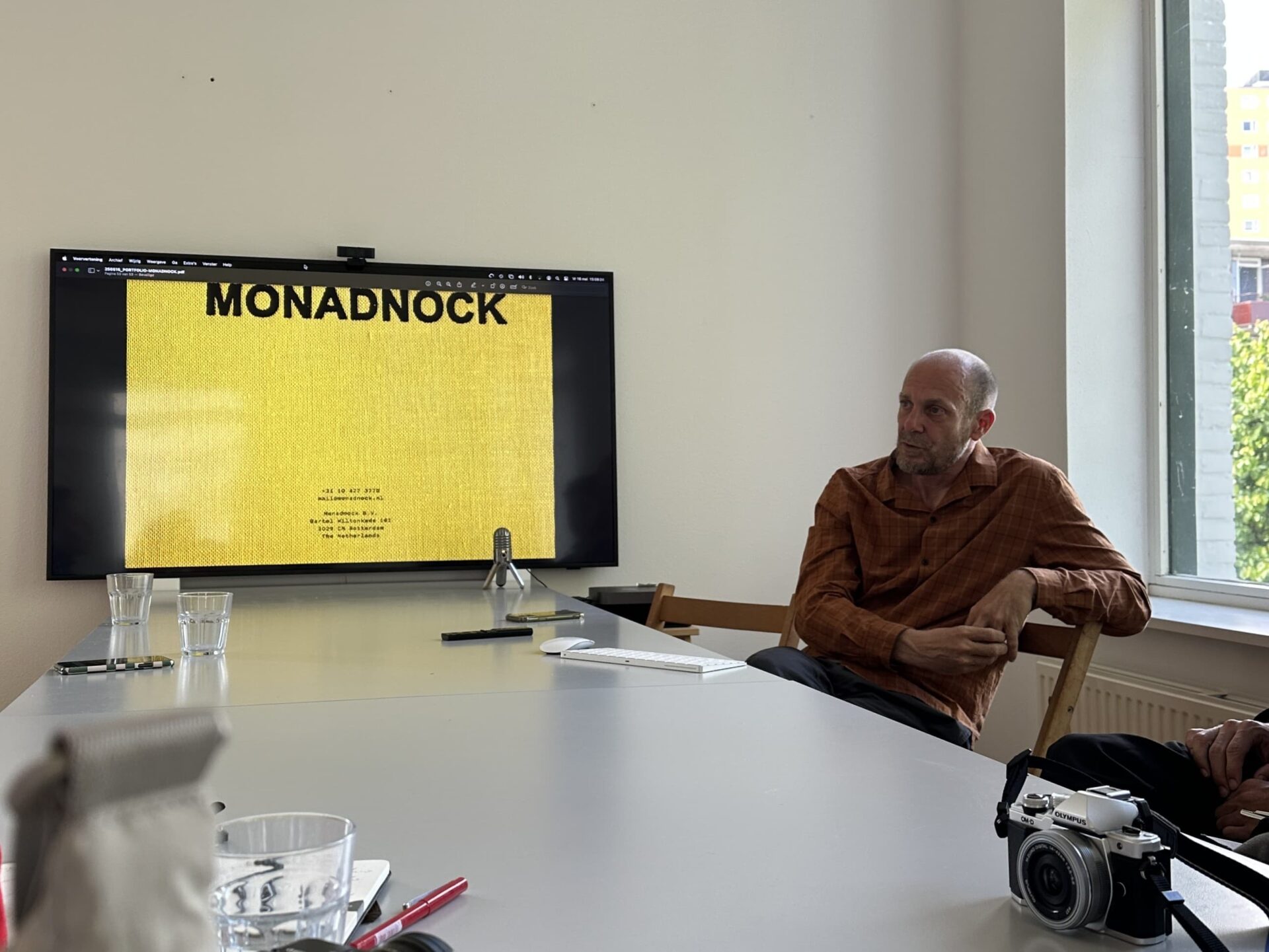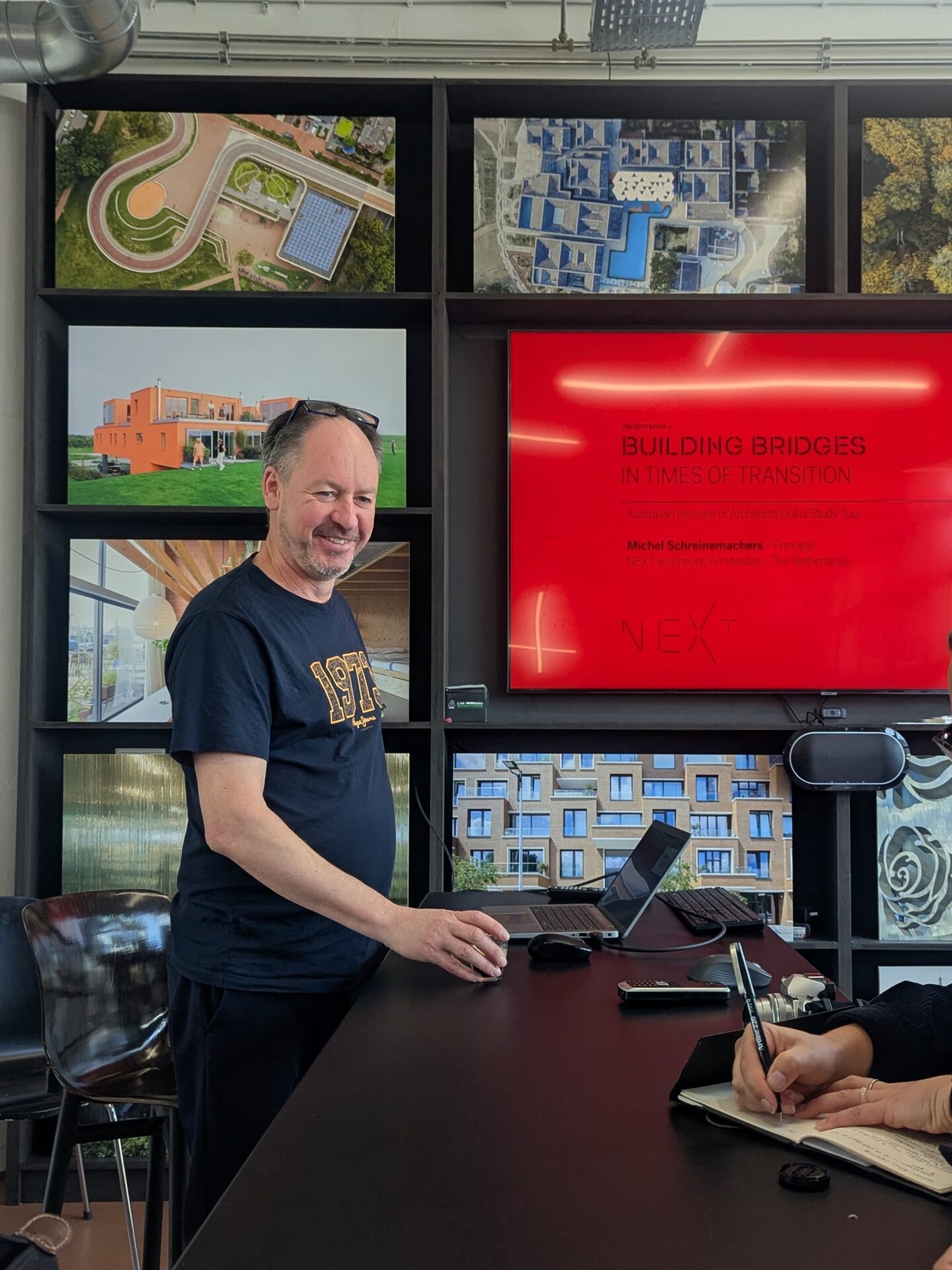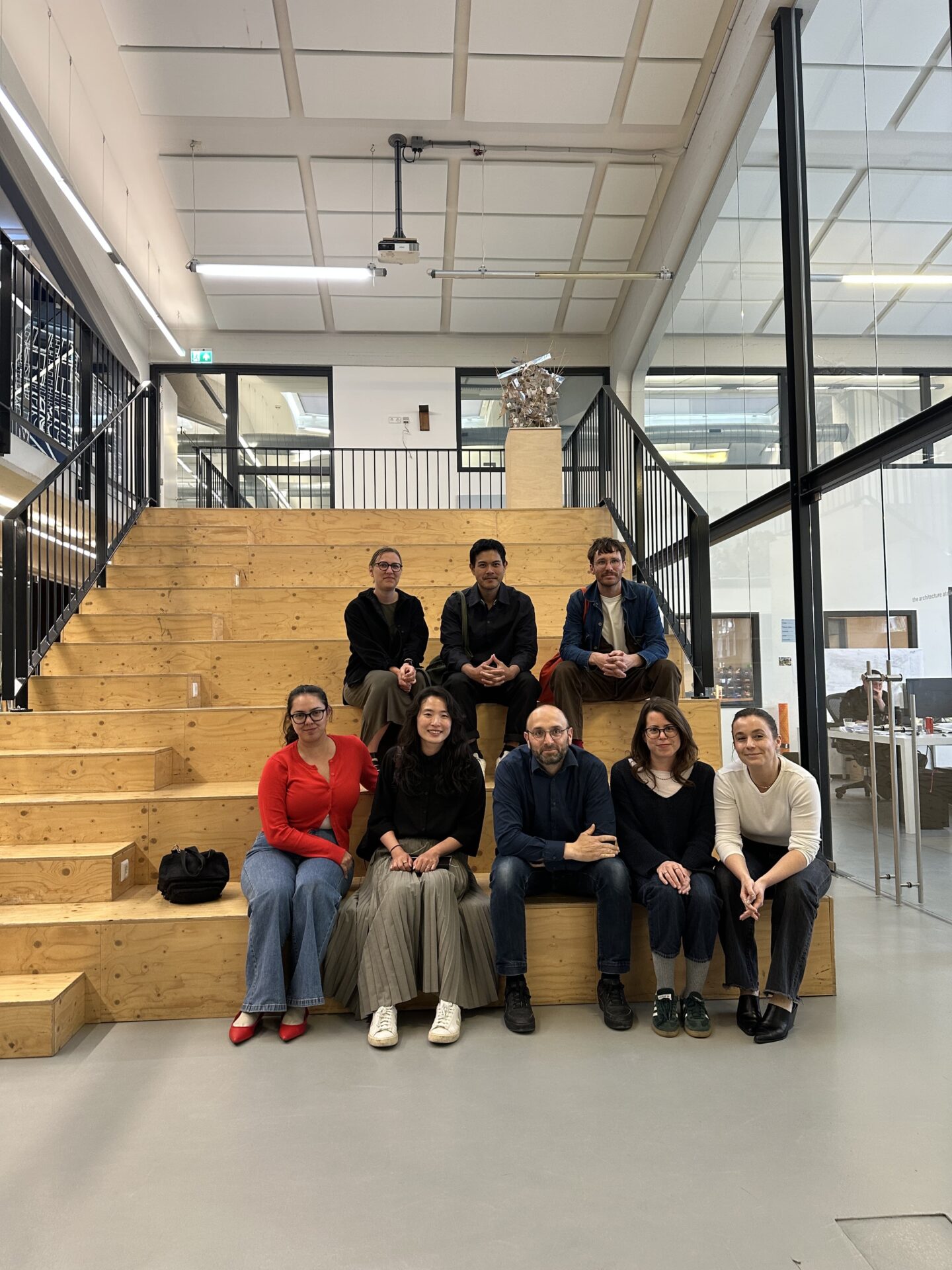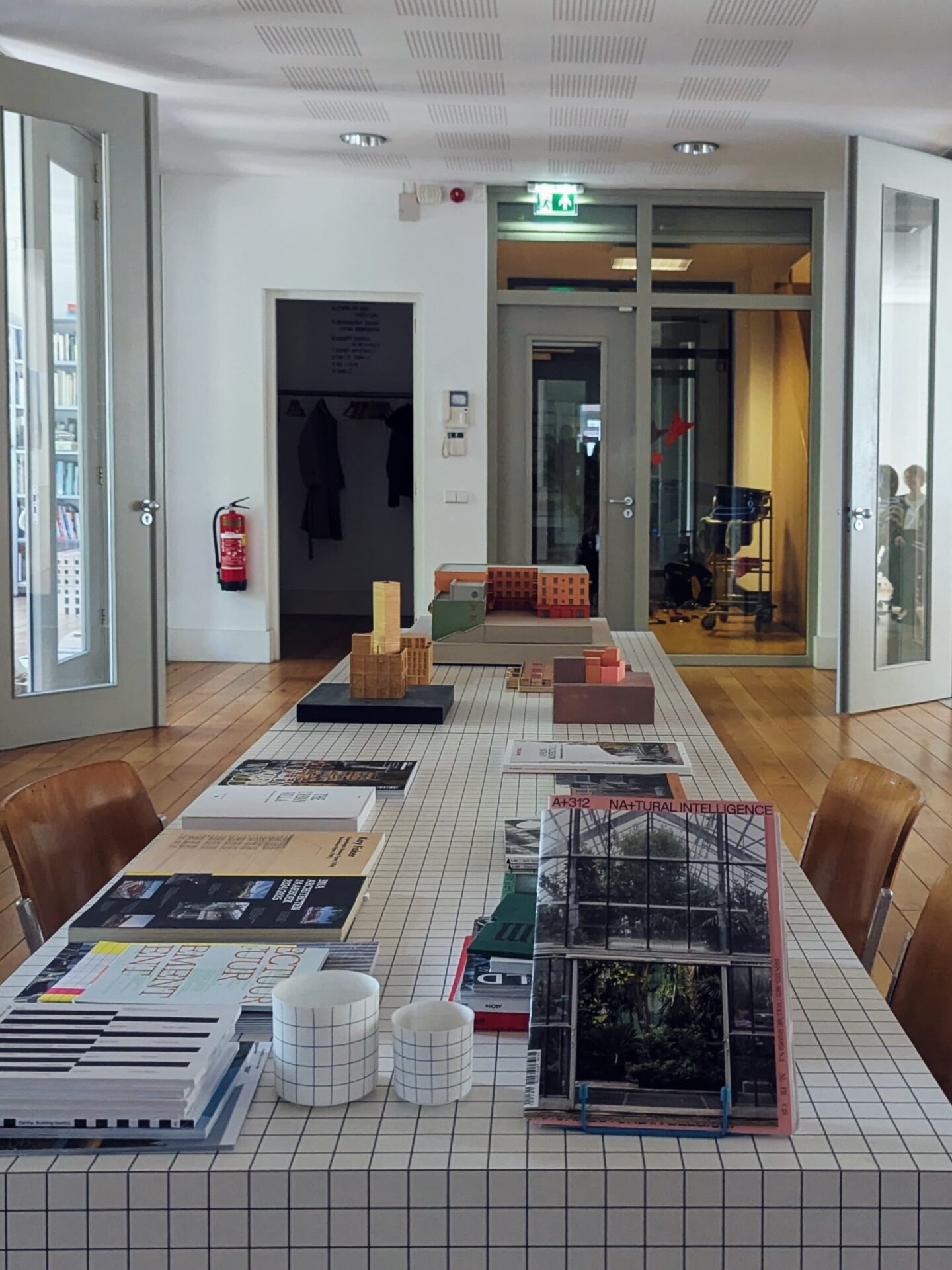
Curious Cities
Walking through Rotterdam feels like wandering through a city that is both self-assured and perpetually curious. On day five of the Australian Institute of Architects Dulux Study Tour, this day stood out – not just for its striking architecture, but for the layered conversations that emerged around it.
Rotterdam’s cityscape is shaped by history, resilience and a spirit of experimentation. Bombed flat during World War II, the city had no choice but to rebuild – and did so with an openness that is rarely seen at this scale. What’s fascinating is how this legacy has translated into a design culture that embraces bold ideas without being paralysed by overregulation. There’s something refreshingly direct in how architects here speak about their role – not just as designers, but as facilitators getting on with design.
Throughout the day, I kept returning to one question: how do we, as architects, hold space for diverse dialogue while navigating increasingly rigid frameworks? We met with practices that reminded us that great architecture isn’t born from compliance – it emerges from genuine engagement with context and a curiosity to experiment. Regulation exists, yes – but it’s not the starting point for creativity. It’s a checkpoint, not a destination.


One recurring theme struck me deeply: many described their role not as “problem solvers” but as storytellers, weaving multiple voices into place. That feels especially resonant in our own context, where the profession often feels hemmed in by liability, bureaucracy and a shrinking sphere of influence. We forget, perhaps, that our power lies not only in what we draw, but in how we narrate. Architecture is the craft of shaping stories – of memory, place, people and future potential. And when those stories are compelling, others listen – and act
Rotterdam reminded me that architecture doesn’t have to shrink in the face of complexity. It can grow more generous, more layered, and more relevant – if we allow ourselves to stay curious, listen better and speak up when the frameworks no longer adequately support the communities we design for.
This day reinforced the importance of international perspectives, not as a blueprint, but as a mirror – reflecting what we’re doing well and where we risk losing sight of our agency as architects. And perhaps most importantly, to remember that amidst the reports and planning overlays, the human scale – of conversation, joy and collective ambition – still matters most.

